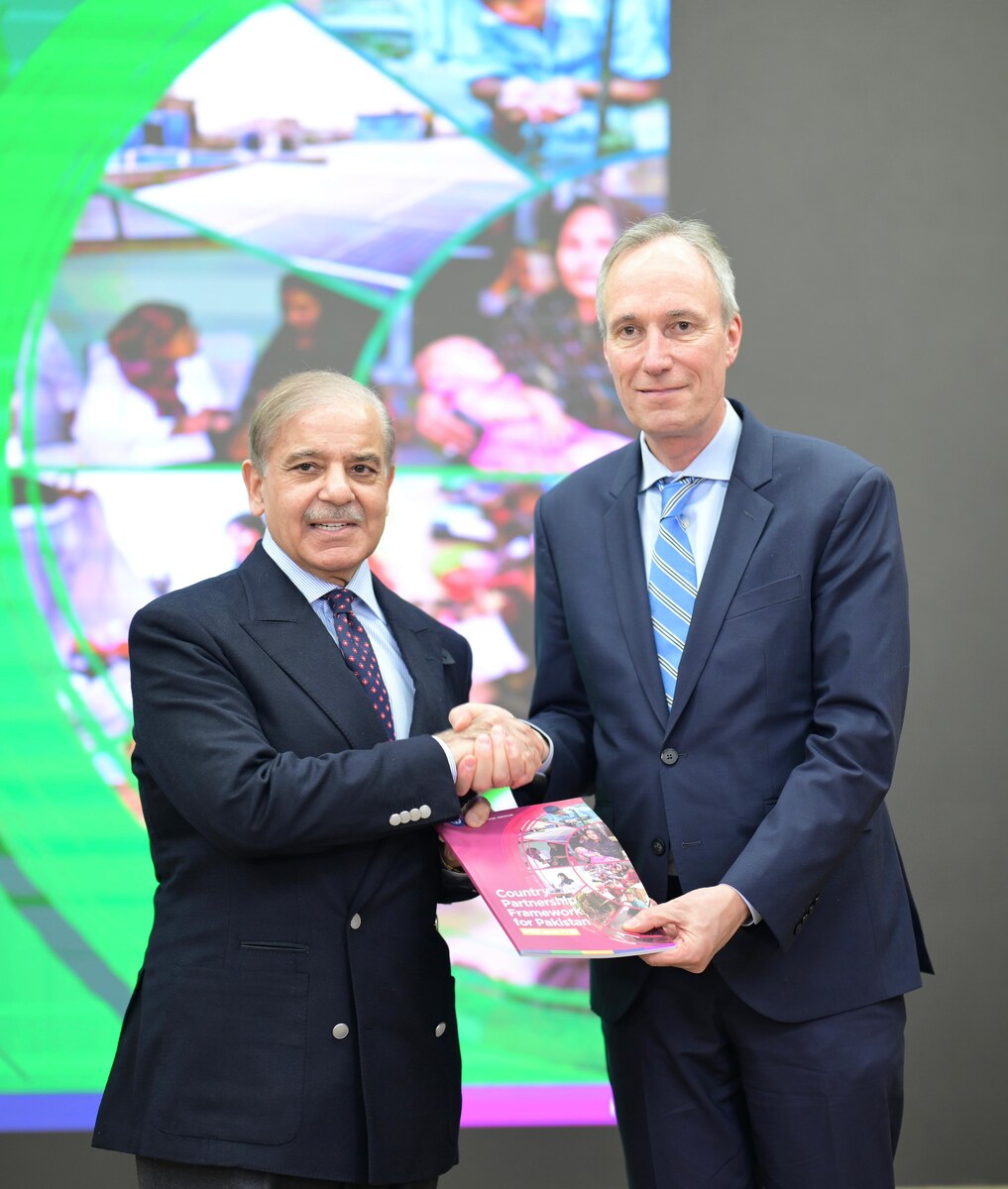KARACHI: A senior official at the Federation of Pakistan Chambers of Commerce and Industry (FPCCI) has said a breakdown in the national electrical grid that left Pakistan without power all day on Monday had caused the economy losses of over $300 million.
For millions of Pakistanis, the power cut that lasted up to 24 hours in some parts of the country, was a frustrating continuation of hardships brought by an economy that has been in a tailspin for months, with foreign reserves running out, inflation at decades-high levels and industrial growth slowing down.
This was the second countrywide power breakdown in three months and halted industrial and logistic activities across the country.
“Pakistan generates $1 billion worth of economic activities on a daily basis, in which the share of industrial production is around $200 million,” Memon Abdul Jabbar, vice president of the Federation of Pakistan Chambers of Commerce and Industry (FPCCI), told Arab News on Tuesday, estimating that including the cost of transportation and other logistics and services, the losses to Pakistan’s economy caused by Monday’s power failure ranged at over $300 million.
Energy Minister Khurram Dastgir Khan, Commerce Minister Syed Naveed Qamar and Minister for Industries Syed Murtaza Mahmud did not respond to repeated calls and messages seeking comment for this story.
With production activities remaining largely suspended, traders in Pakistan’s largest city and commercial capital of Karachi said they had alone suffered losses of over $4 million.
“Prior to the power failure, trading activities were already down by 60-70 percent [in Karachi],” Atiq Mir, the chairman of the All Karachi Tajir Ittehad business association, said.
“We have estimated that the business activities suspension [due to the power breakdown] has caused over Rs3 billion ($4.3 million) losses as trading remained almost paralyzed.”
Industrial and trading activities also came to a halt in Lahore, Pakistan’s second largest city, where businesspeople described the situation as resembling war conditions or the peak of the coronavirus pandemic.
“Most of the trading and industrial activities remained suspended and even those having standby power generation facilities succumbed to one of the longest power failures,” Rana Tariq Mehboob, chairman of the Chainstore Association of Pakistan (CAP) and a member of the Central Executive Committee of Lahore Chamber of Commerce and Industry (LCCI), told Arab News.
“The situation was like we are at war, or one which we had observed during COVID-19 when everything was shut down including industries and retail sector,” Rana said, adding that the breakdown had caused around 30 percent losses to the national economy.
The power breakdown came as traders, especially importers, were already struggling, with more than 7,500 containers of imports worth $1.8 billion, according to the FPCCI, stuck at ports and industries facing an acute shortage of raw materials due to a worsening foreign exchange crisis.
The low reserves have compelled the government to restrict the import of goods, including industrial raw materials, to stop dollar outflows, whereas commercial banks have stopped issuing letters of credit (LCs), leaving importers struggling to arrange the greenback for already placed orders.
Inflation in Pakistan is also at a multi-decade high. Meanwhile, Pakistan awaits the completion of a delayed 9th review of an IMF bailout program which will clear the way for the disbursement of $1.1 billion in external financing that the country desperately needs.
“Pakistani industries are facing shortage of raw material and higher inflationary pressure due to issues pertaining to the opening of LCs for imports and clearance of goods pilling up at ports,” Jabbar said.



















